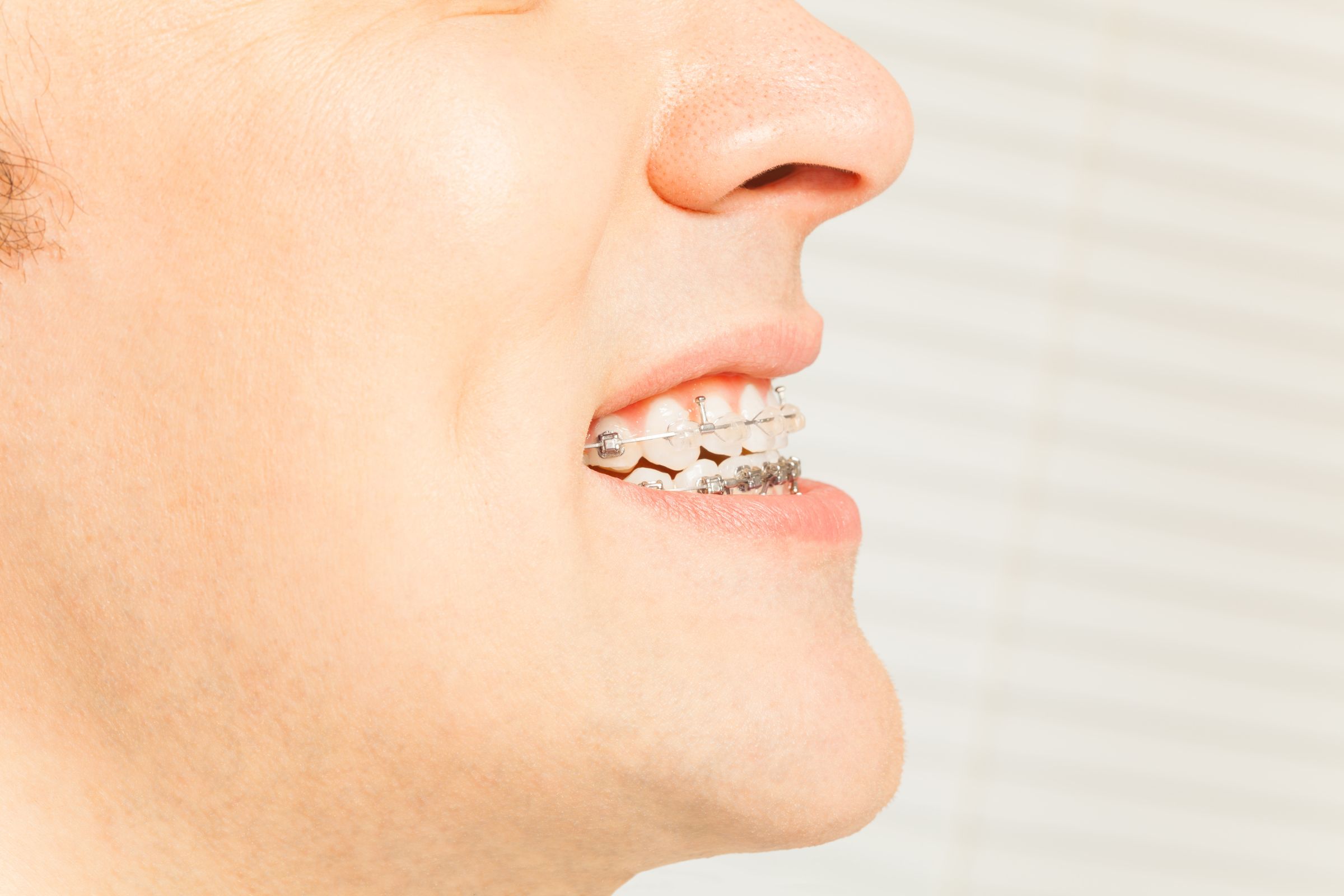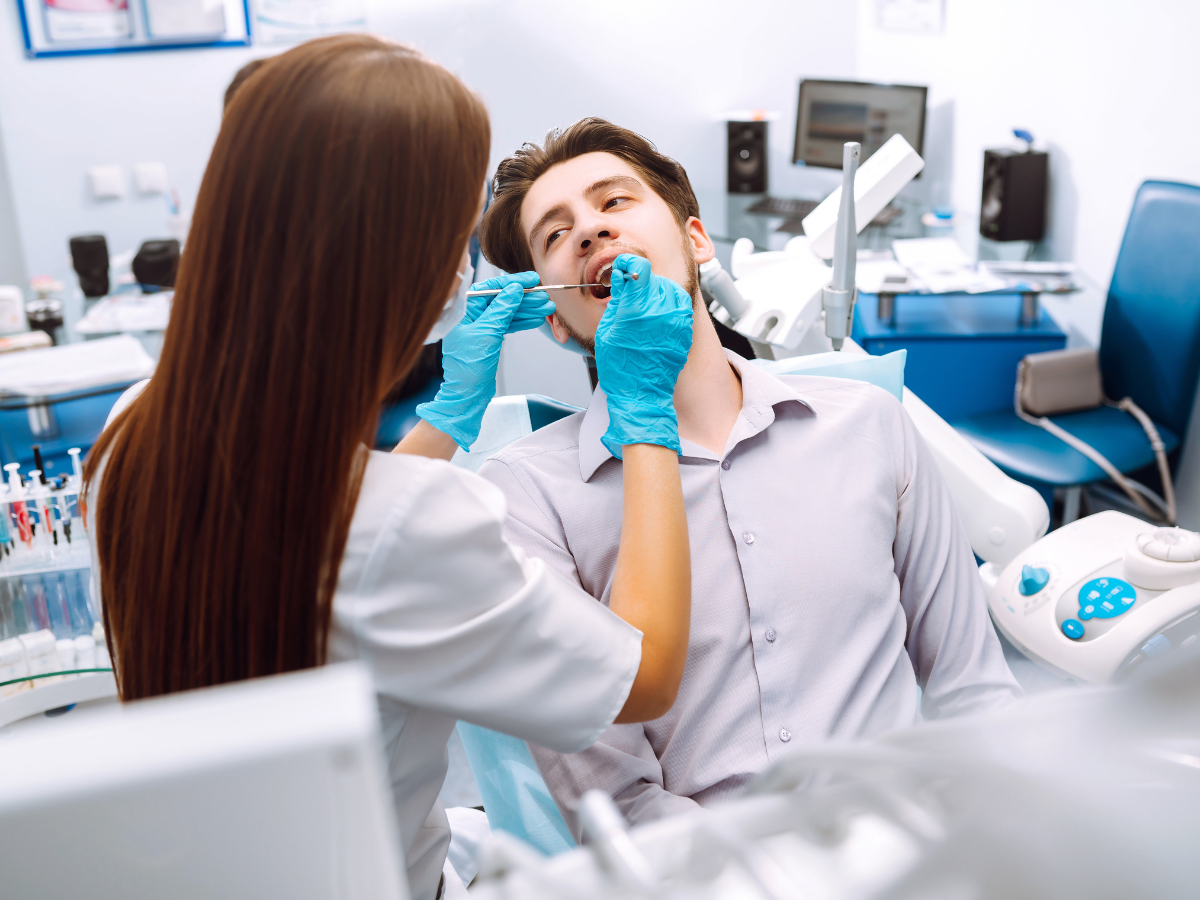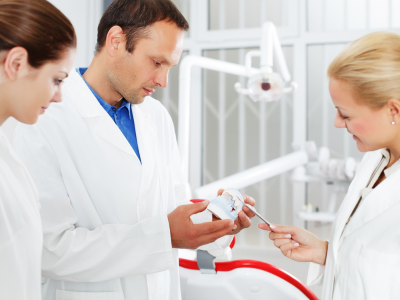The facial muscle used in smiling, often referred to as the universal language of happiness, transcends cultural and linguistic barriers. This simple, yet profoundly powerful gesture not only conveys happiness, warmth, and friendliness but also has the remarkable ability to light up your own face and, in a ripple effect, the faces of those around you. It’s a gesture that can instantly change the mood in a room and make people feel more at ease.
But have you ever stopped to wonder what’s happening beneath the surface when you flash that heart-warming grin? In this exploration of the anatomy of a smile and the specific muscle used in smiling, we’ll uncover the intricate network of facial muscles responsible for this delightful expression and delve into the science behind it. So, let’s dive into the fascinating world of the muscle used in smiling.
What Muscle Is Used in Smiling
The act of smiling is a complex interplay of various facial muscles, each with a specific role in shaping this universal expression of happiness. The primary muscle used in smiling is the zygomaticus major. This muscle extends from the cheekbone to the corners of the mouth, and when it contracts, it pulls the corners of the mouth upward and outward, creating a smile. Your orbicularis oculi muscles play a role in forming genuine smiles by causing eye crinkling. Additionally, muscles like levator labii superiors, buccinators, depressor anguli oris, and the mentalis muscle all contribute to the subtleties of a smile. Understanding the intricate actions of these muscle used in smiling unveils the anatomy behind this heartwarming expression.

Which muscle are used while smiling
Zygomaticus Major: This is the primary muscle used in smiling. It stretches from the cheekbone to the corners of your mouth and contracts to lift the corners of your mouth, creating a smile.
Orbicularis Oculi: These muscles encircle your eyes and contribute to the formation of genuine smiles by causing eye crinkling, known as “crow’s feet.”
Levator Labii Superioris: These muscles help raise your upper lip, enhancing the upward movement of the corners of your mouth for a cheerful smile.
Buccinator: These cheek muscles assist in controlling the shape of your mouth when smiling and contribute to the overall expression.
Depressor Anguli Oris: In contrast to the zygomaticus major, these muscles pull the corners of the mouth downward and can express subtler smiles or sadness.
Mentalis Muscle: Located on the chin, the mentalis muscle pushes the chin and lower lip upward, contributing to a balanced and natural smile.
Benefits of muscle used in smiling
Stress Reduction: Smiling triggers the release of endorphins, reducing stress and promoting relaxation.
Mood Enhancement: Smiling can improve your mood by releasing feel-good neurotransmitters like dopamine and serotonin.
Pain Relief: It acts as a natural painkiller due to the release of endorphins, reducing perceived pain.
Attractiveness: A smile makes you appear more approachable and physically attractive to others.
Social Connection: Smiling is a social cue that fosters trust, rapport, and positive interactions.
Longevity: Studies suggest that those who smile more often tend to live longer due to improved overall health and well-being.
How to Maintain a Healthy Smile
Proper Brushing: Brush your teeth at least twice a day using fluoride toothpaste and a soft-bristle brush. Don’t forget to brush your tongue and the roof of your mouth.
Floss Daily: Cosmetic dental procedures include cleaning between your teeth with dental floss or interdental brushes to remove plaque and food particles. This routine helps maintain oral hygiene and supports the aesthetic appeal of your smile.
Balanced Diet: Consume a diet rich in fruits, vegetables, and dairy products while limiting sugary and acidic foods and drinks.
Stay Hydrated: Drink plenty of water to help rinse away food particles and maintain healthy saliva production.
Avoid Smoking and Excessive Alcohol: Smoking and excessive alcohol consumption can harm your oral health. Consider quitting or reducing these habits.
Protect Teeth: Wear a mouth guard when participating in contact sports, and use a night guard if you grind your teeth while sleeping.
The simple act of smiling involves a complex interplay of facial muscles, guided by our emotions and thoughts. Whether it’s a genuine, heartfelt Duchene smile or a polite social smile, the muscle used in smiling for these expressions work together to convey our feelings and connect us with others. So, next time you smile or see someone else smile, remember the intricate choreography happening beneath the surface that brings joy and warmth to our lives.

FAQ’S
What are the main muscles involved in smiling?
The primary muscle used in smiling are the zygomaticus major, orbicularis oculi, levator labii superioris, risorius, and buccinator.
How do these muscles create a smile?
The zygomaticus major lifts the corners of the mouth, the orbicularis oculi creates “crow’s feet” around the eyes, and other muscles work together to shape and widen the smile.
Can we control these muscles consciously when we smile?
Yes, we can consciously control these muscles to a certain extent, but many smiles are reflexive responses to emotions.
Why do our cheeks hurt after smiling for a long time?
Smiling for an extended period can cause muscle fatigue and discomfort, leading to sore cheeks.
Is it true that smiling can improve our mood?
Yes, research suggests that smiling, even when forced, can trigger positive emotions in the brain, reducing stress and improving mood.
Are there different types of smiles?
Yes, smiles can vary, from genuine Duchene smiles to polite social smiles, each involving different combinations of facial muscle used in smiling.




